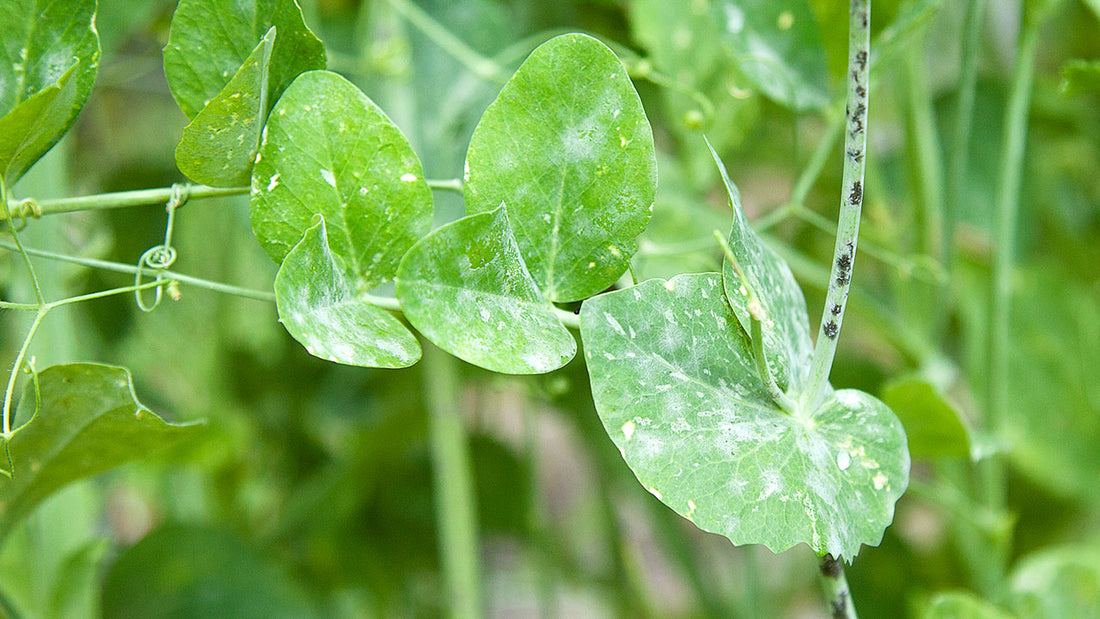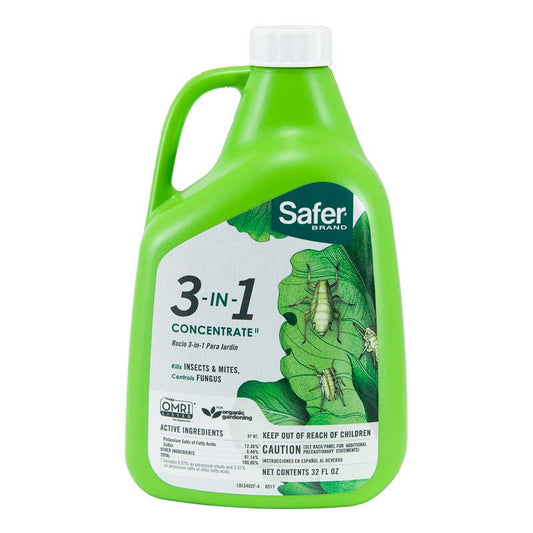Powdery mildew is a widespread, common disease found on many kinds of plants. It can infect many types of vegetables, berries and ornamental plants found around the home. Vegetables affected include cucumbers, beans, eggplant, lettuce, melons, peppers, pumpkins and even tomatoes. Common berries affected are grapes, and roses come to mind for a favorite ornamental plant.
What is Powdery Mildew
Powdery mildew is a fungus that can be seen on leaves, shoots and even flowers and fruit. The fungi first shows up as white, powdery spots that as it spreads can turn the leaf yellow and eventually kill it. Some plants may show distorted leaves (twisted or buckled). Severe infections can reduce yields and even cause the fruit to have little flavor. On infected pea pods brownish spots will appear. The way the powdery mildew looks on your plants will depend on the species of the powdery mildew. The species, Leveillula taurica, will appear as yellow patches on tomato leaves, not the characteristic white powder.
Life Cycle of Powdery Mildew
Powdery mildew spores are carried by the wind to new plants to infect. The spores do not need water to germinate and in fact some spores are killed or germination is affected by water on plant surfaces. Moderate temperatures (60 - 80°F) and shade are favorable conditions for powdery mildew development. Spores and fungal growth are negatively affected by extreme heat (above 90°F) and direct sunlight.

An Ounce of Prevention
A quote from Benjamin Franklin rings true when dealing with powdery mildew, "An ounce of prevention is worth a pound of cure." If possible, plant resistant varieties in the garden. Provider beans and Marketmore 76 cucumbers are examples of varieties that are more resistant to powdery mildew. Simple cultural practices like planting in sunny areas with good air circulation are easy to do and may help deter growth of powdery mildew. Grapes, which are susceptible to powdery mildew, should be pruned to increase air circulation and light penetration to developing fruit clusters. Grapes should also be pruned in the dormant season to encourage new growth to develop in the full sun. A common species of powdery mildew found on roses, Sphaerotheca pannosa, can spread to neighboring stone fruit trees, so don't plant an apricot, plum, peach or nectarine nearby.
Last Solution for Control - Fungicides
When all of the above ideas have not worked in keeping powdery mildew at bay, fungicides can be used. Make sure to read the label carefully and only use those that are listed to control powdery mildew. Here are just a few products that are labeled to control powdery mildew:
- Serenade
- Safer 3-in-1
- Safer Garden Fungicide
- Neem Oil
- Cosavet-DF Edge Sulfur
- Monterey Horticultural Oil
- Organocide
- Pythium Blight Treatments
Resources
Protecting young grape clusters from powdery and downy mildew


